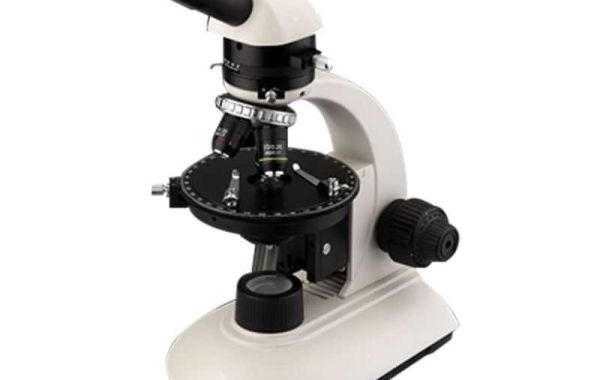A polarizing microscope is a specialized type of microscope that uses polarized light to examine samples. This technique is particularly useful for studying materials that are anisotropic, meaning they have different optical properties in different directions. Here's a breakdown of how it works:
Polarization:
- Polarizer: A polarizing filter is placed below the stage of the microscope. This filter allows light waves to pass through in only one plane, creating polarized light.
Sample Interaction:
- Birefringence:When polarized light passes through a birefringent sample (a material that has two refractive indices), it splits into two rays that travel at different speeds.
- Phase Shift:As these rays travel through the sample, they experience a phase shift relative to each other.
Analyzer:
- Interference:The two rays emerge from the sample and pass through the analyzer, a second polarizing filter placed above the objective lens.
- Interference Pattern:If the analyzer is oriented perpendicular to the polarizer, the two rays interfere with each other, producing a colorful interference pattern.
Image Formation:
- Image Creation:The interference pattern is magnified by the microscope's objective lens and eyepiece, creating a visible image.
- Analysis: By analyzing the interference patterns, scientists can determine the optical properties of the sample, such as birefringence, retardation, and optical orientation.








